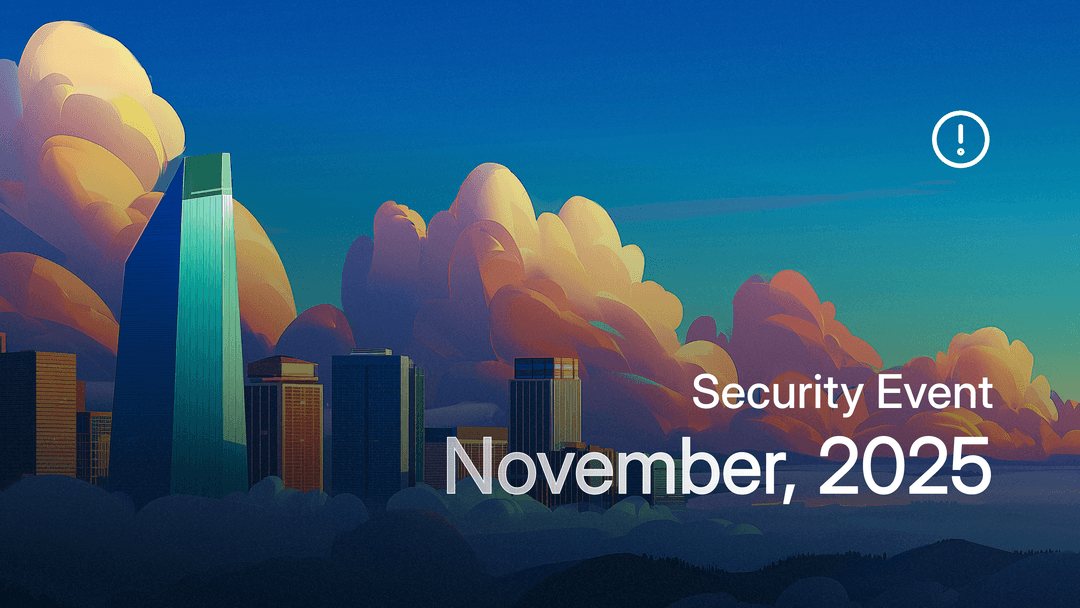Blog
Introducing the next step towards self-updating docs
The agent now monitors your codebase, proactively identifies documentation updates, and surfaces needed suggestions to your team.
Han Wang
Co-Founder

Mintlify Security Event - November 2025
How a week-long collaboration with security researchers helped us identify and fix vulnerabilities, making Mintlify more secure for everyone.
December 18, 2025Han Wang
Co-Founder

Inside our effort to improve the Mintlify assistant
A data-driven look at improving the assistant, powered by ClickHouse and deeper feedback analysis.
December 12, 2025Patrick Foster
Software Engineer

How we eliminated cold starts for 72M monthly page views with edge caching
How we improved page speed performance across Mintlify documentation.
December 8, 2025Nick Khami
Engineering

10 UI fixes I shipped in 10 days
Little details are what make UX so good you don't notice it.
December 1, 2025Dmytro Tovstokoryi
Design

The Mintlify agent, now in your dashboard
How the Mintlify agent transforms documentation into a self-updating, system that stays accurate for humans and AI alike.
December 1, 2025Han Wang
Co-Founder

Impact of SHA1-Hulud: The Second Coming on the Mintlify CLI
The Mintlify CLI was briefly exposed to a supply chain attack. Learn what happened, who was affected, and what actions to take. Resolved in 6 hours.
November 25, 2025Han Wang
Co-Founder
